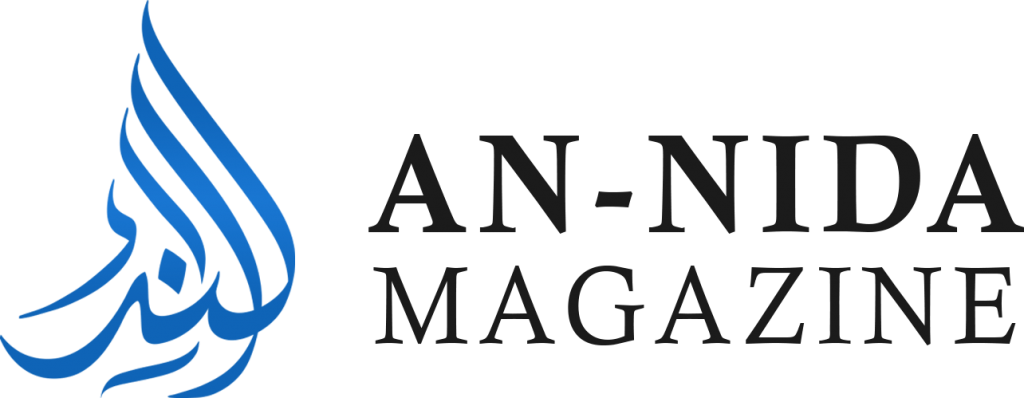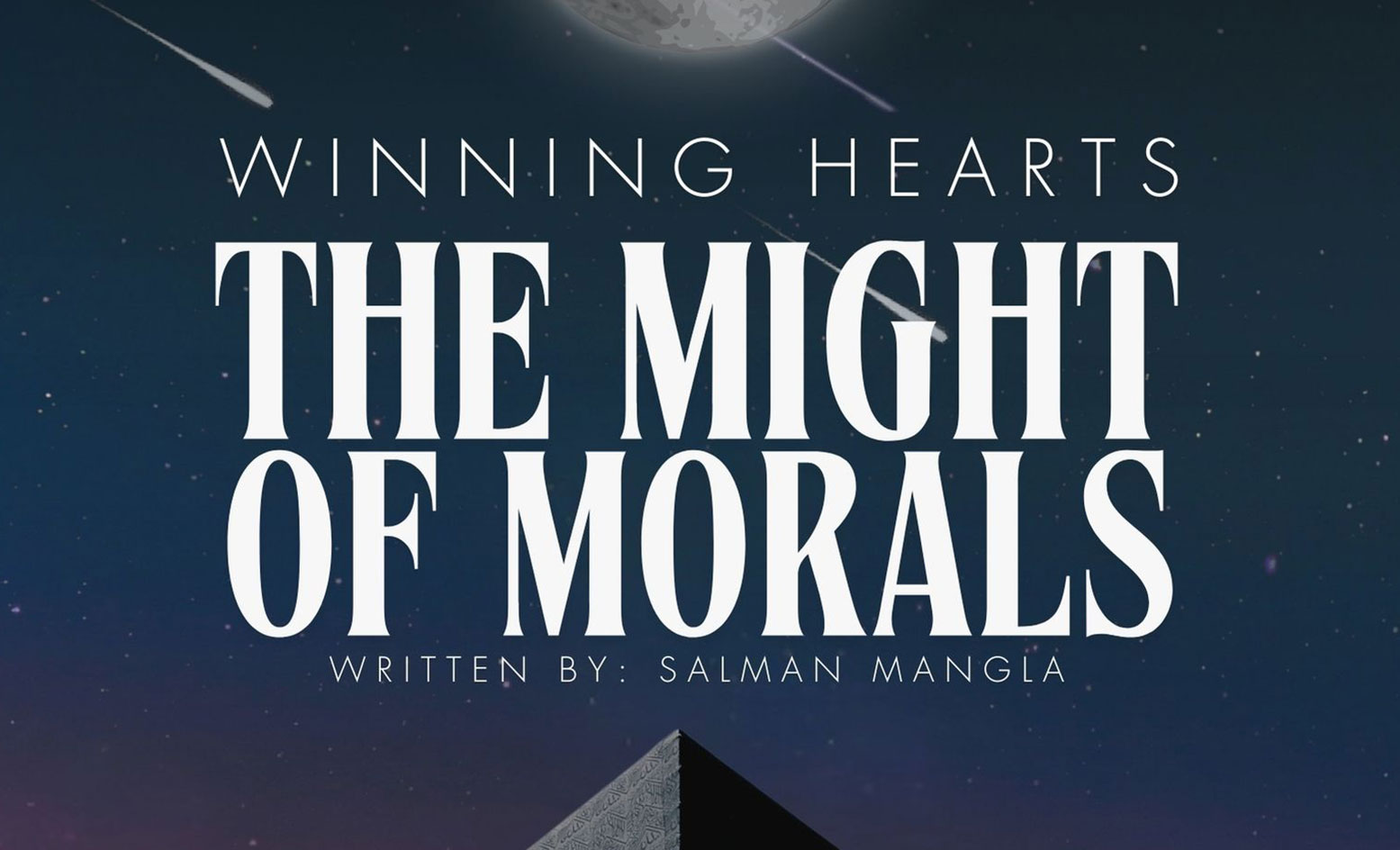Traditional Canadian English education places great emphasis on teaching students to identify the bias of the writer. This focus is rooted in the belief that critical thinking and analytical skills are essential for students to become well-rounded individuals and active participants in society.
Bias, the inclination to present or hold a partial perspective at the expense of other possible views, is pervasive. It can subtly shape narratives and influence our understanding of issues. Hence, the ability to identify bias allows us to view information objectively, a skill that is increasingly important in our polarized world where opinions are often divided down the middle. The Quran provides guidance on this, cautioning against blindly following the majority. This is stated in Surah Al-An’am (6:116), “And if you obey most of those upon the earth, they will mislead you from the way of Allah.” This verse emphasizes the necessity of independent thought and analysis. It reminds us that the majority is not always right, and we should not assume our side is correct simply because it is popular.
Subtext, or the underlying and implicit meaning in a literary work, is another significant aspect of critical analysis. Subtext is text that is not written. Understanding subtext requires us to read between the lines and interpret what the author has not explicitly stated based on internal information and external information of context of the subject but also the author and his background. This skill has been taught to students of the humanities and is not only applicable to literature like Shakespeare’s works, but also to our daily consumption of media.
For instance, an article might not explicitly reveal the author’s bias, but through careful analysis of the subtext, we can infer it. This is not to be confused with conspiracy theorizing. Inferring bias from subtext requires evidence-based reasoning. We must look for known, measurable facts within the information, similar to how Physicists use supernovae as cosmic distance markers. Supernovae, the explosive deaths of stars, are observable across vast cosmic distances. Certain types of supernovae, known as Type Ia, explode with a consistent peak brightness, making them ideal “standard candles” for measuring cosmic distances correctly. Similarly, when navigating the universe of information, we must look for our “standard candles” of truth to calibrate the truthfulness of the source.
A great example of the overwhelming confusion and paralysis that can be created with information is in the realm of nutrition, where various diets like vegan, carnivore, paleo, and keto vie for supremacy. Each’s adherents swear this is the only way, what is one to do? It is here, as believers where we can use our touchstone of truth – God’s Word and His Works to judge for ourselves what is true. In this case you might notice that we have teeth for both ripping flesh and for chewing vegetation – this would seem to imply we need both and we could use this common sense approach to come to our own conclusions and find a middle path which incorporates the true things you can discern from each of the perspectives. When doing this exercise, we should always keep the following Quranic verse in mind which talks about Allah loving those who do justice, in Surah Al-Ma’idah (5:42), Allah says:
“But if you judge, judge between them with justice.
Indeed, Allah loves those who act justly.
Why? Because people might depend on you to draw the right conclusions and hence do justice in the world based on it and therefore we must first do justice in our deliberations. Even if it’s just for our own personal conclusions – the importance of being just with your approach doesn’t change – for our own mind is but a great gift given to us – it is our duty to seek to purify it with truth. Another situation you might not know but is well known in the scientific community is a crisis in science right now called “The Reproducibility Crisis”. It refers to the alarming rate at which many scientific studies cannot be replicated or reproduced, over 60% by some estimates. This casts doubt on the reliability and validity of those scientific papers. This crisis is particularly prevalent in fields such as psychology, medicine, and biology.
The implications of the reproducibility crisis are far-reaching. It can lead to the perpetuation of incorrect information, impacting policy decisions, clinical practices, and public understanding of science. This example from the scientific world should give you a boost of confidence and not to be overwhelmed with appeals to authority – you have the right to carefully consider all information and sources presented to you because it is a fact that misinformation is found in official type sources as well – put there by fellow humans.
Another thing to be aware of is the concept of naivety. As children, we are often unaware of the dangers of the world, and our parents teach us to be wary of strangers with ill motives offering candy but intending to harm innocent children – such evil exists in the world. Similarly, in the realm of information, we cannot be naive. We must be on guard against misinformation and bias. This is not to say that we should suspect everyone and everything, but rather that we should approach information with a healthy degree of skepticism and critical thinking. What candy are we being offered and what am I being asked to think, believe or do?

The credibility of a source is another crucial factor in assessing information. What has this source lied about before that I know for a fact is true? What are the similarities in how this new topic is being addressed? A source with a history of dishonesty should be viewed with a high degree of skepticism and should be cross checked with opposing biased sources. This is akin to the investigative work of a detective, such as the famous Sherlock Holmes, who meticulously examines evidence and credibility when solving a crime. A simple denial of guilt from a suspect does not suffice – it requires a careful examination of evidence and motives.
We must also be wary of what is left out. Articles that claim to tell you “what you need to know” may be omitting crucial information. This suggests a desire to shape the readers’ opinions. It’s important to seek out multiple sources of information to get a more comprehensive view. Also, beware of too many coincidences. If many sources are painting the same narrative simultaneously, it may indicate a coordinated narrative. Be on the lookout for catchy slogans. This is a tactic often used by powerful entities in society to shape public opinion, as discussed by Noam Chomsky in his book “Manufacturing Consent.” Chomsky scholarly demonstrates how coordinated narratives are used to gain public consent for the agendas of the powerful in society. This highlights the importance of discerning independent information from orchestrated campaigns. Understanding the difference between critical analysis and conspiracy theorizing is also crucial. While both involve questioning mainstream narratives, critical analysis is based on evidence, logic, and reason. Critical analysis involves asking questions, considering different perspectives, and seeking evidence to support or refute a claim.
In conclusion, the Quran and principles of critical thinking provide valuable guidance on navigating the complex information landscape of the digital age. They encourage us to question, to seek truth, to be wary of falsehood and bias, and to approach information with discernment and skepticism. In our quest for truth, let us strive to be like detectives and righteous judges, using evidence and reason to uncover reality amidst the noise and confusion. As we navigate the vast universe of information, let us do so with our “standard candles” of The Holy Quran, Allah’s creation, our own pure Fitra, and our own life experiences and through the testimony of other truth seekers in guiding us towards knowledge and understanding.




